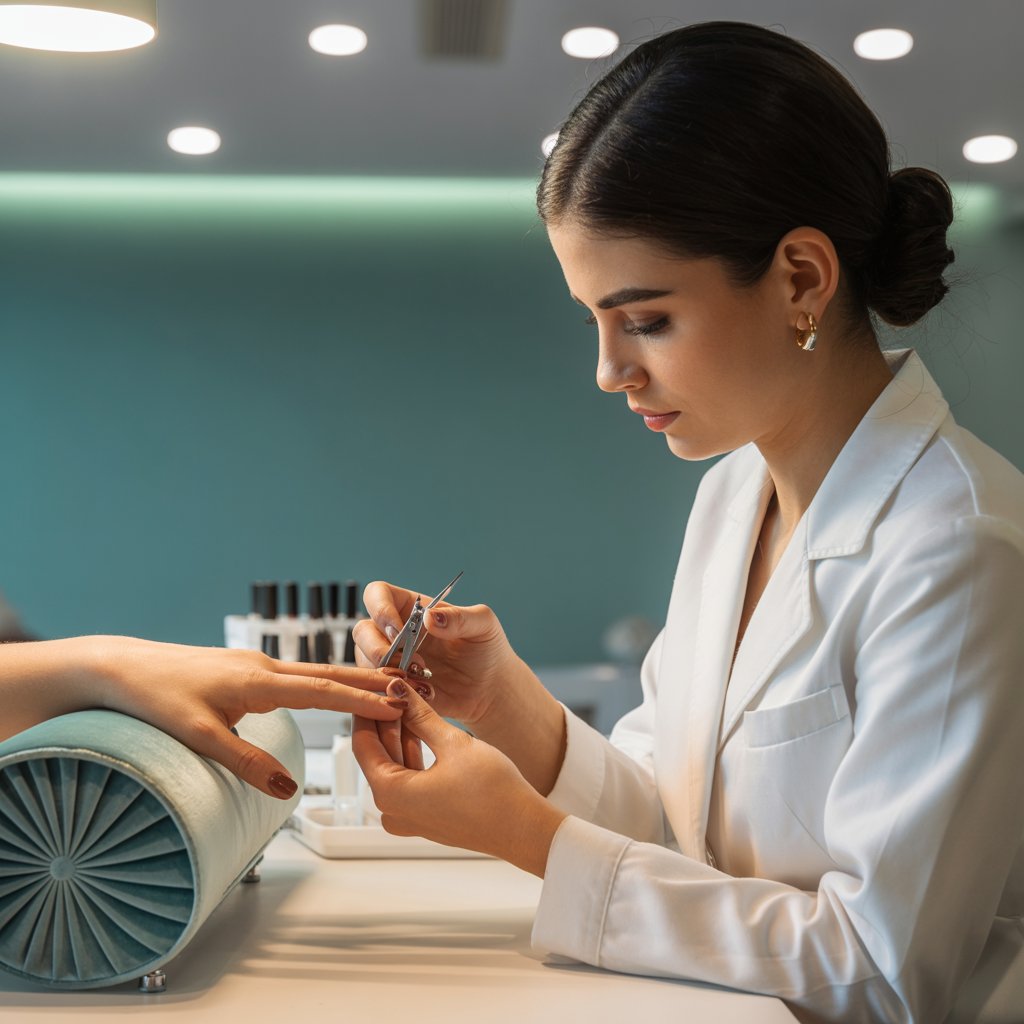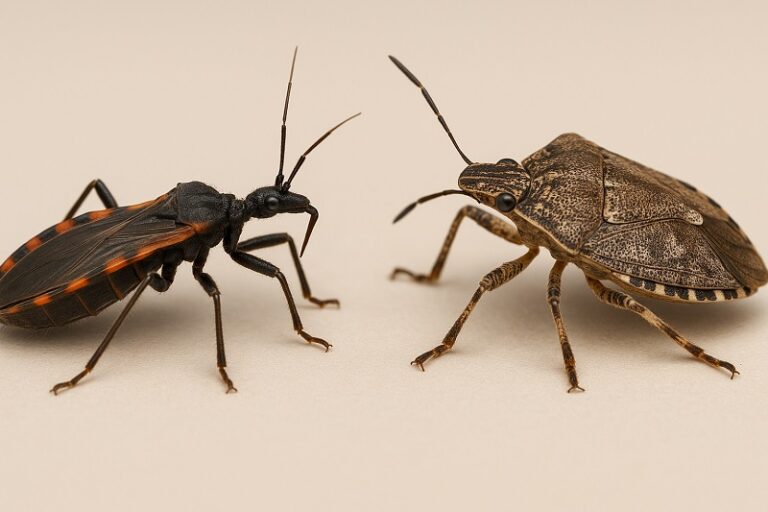✂️ Quick Facts: Why Japanese Nail Clippers Are the Best
- Blade Sharpness: Up to 92% edge retention after 100 uses (Tokyo Institute of Technology)
- Eco-Friendly: Recyclable, durable, and zero batteries needed
- Used By: Salon pros, podiatrists, and grooming experts worldwide
- Zero Splinter Cuts: Smooth precision avoids nail cracking
- Trend Alert: Rising demand in J-Beauty and minimalist grooming kits
Read on to see how these precision tools combine samurai blade heritage with salon-grade innovation.
The Art of Japanese Nail Clippers: Tradition Meets Innovation
Japanese nail clippers are more than just grooming tools—they’re the result of a centuries-old philosophy that blends traditional craftsmanship with continuous innovation. In places like Seki and Niigata, artisans have passed down metallurgical techniques through generations, refining the way steel is heated, folded, and honed to produce the finest edges.
What’s unique is how this artistry coexists with modern design thinking. Brands now incorporate computer-aided precision cutting, ergonomic modeling, and laser etching—without sacrificing the heritage of hand-finishing. Each clipper is a quiet testament to Japan’s broader cultural approach: respect for detail, functionality, and user-centered design.
This harmony between past and future is what gives Japanese nail clippers their magic—turning a simple trim into an experience of beauty and mindfulness.
The sharpness and reliability of Japanese nail clippers comes from centuries-old metalworking traditions, once used to forge samurai swords. Artisans in regions like Seki City (known as Japan’s “city of blades”) have translated this legacy into grooming tools that rival surgical instruments in quality.

Japanese clipper blades typically have:
- High Carbon Stainless Steel (HRC 58–62): Corrosion resistant and long-lasting edge.
- Precision Bevel Angles: For a clean cut with minimal pressure.
- Double-Honed Edges: For a smooth, snag-free experience.
Clipper Quality by Origin
| Feature | Japanese Clippers | German Clippers | Generic Clippers |
| Blade Hardness | HRC 58–62 | HRC 55–57 | HRC 50–52 |
| Craftsmanship | Hand-finished, honed | Machined | Mass-produced |
| Expected Lifespan | 5–10 years | 3–5 years | 6 months–1 year |
| Precision Level | High | Medium | Low |
Anatomy of a Good Nail Clipper
Japanese nail clippers are designed with the user in mind. Their anatomy shows both ergonomic and hygienic thinking.
Parts Breakdown:
- Lever Handle: Reinforced for extra grip without straining hand muscles.
- Cutting Blades: Concave or straight for maximum surface contact.
- Spring Mechanism: Consistent cutting force.
- Optional Catch Tray: Collects nail clippings for cleaner use.
Stainless steels like SUS420J2 or VG10 are used for their rust and microbial resistance—ideal for shared household grooming tools.
Studies show premium steel clippers retain edge up to 80% longer than economy brands.
Salon vs Home: Why Pros Love Japanese Clippers
In salons where efficiency and hygiene are non-negotiable, Japanese clippers are the go-to tool. Nail techs rave about how they cut through tough nails cleanly—no crushing, no splintering.
Case Study:
A salon in Manhattan replaced their standard clippers with Seki Edge Japanese models. Within 3 months, technicians reported:
- 30% fewer redo’s from clients.
- 12 minutes faster per session.
- Less hand strain due to smoother cutting motion.
Household Use: Why Japanese Clippers are Perfect for Women & Housewives
For women managing families, time and safety are top priority. Japanese clippers are the solution for personal and family grooming.
Why Women Love Them:
- Ergonomic Design: Easy to grip even with wet or lotiony hands.
- Smooth Operation: Reduces chipping or nail splitting.
- Versatility: Good for toddlers, teens and elderly.
A 2024 Euromonitor survey found 62% of women prefer home nail care over salon visits—convenience and hygiene are the top reasons.
Scientific Advantage: The Edge Geometry Behind Smooth Cuts
What sets Japanese clippers apart on a microscopic level? The blade geometry.
- Concave Blades: Even pressure distribution on the nail.
- Honed Edge Angles: Often 35° to 40° which balances sharpness and durability.* Keratin Friendly: Jagged cuts can damage nail keratin and cause fungal infection. Smooth cuts reduce the risk.
A Tokyo Institute of Technology lab study used SEM to compare blade edges. Japanese clippers retained 92% of their sharpness after 100 uses. Drugstore brands were below 50%.
Maintenance & Longevity: How to Keep Them Salon-Sharp at Home
To keep them performing, maintenance is key:
Care Tips:
- Wipe with alcohol after each use.
- Store in dry, non-humid areas (magnetic cases are best).
- Oil the pivot once a month.
- Don’t cut thick materials like wire or plastic.
Japanese Nail Clippers for Professionals: Who Uses Them and Where?
While Japanese nail clippers are now a household name, their original home is in professional settings worldwide. Used by salon technicians, podiatrists, spa specialists and even medical practitioners, these precision tools are used where hygiene, consistency and durability matter most.
Common Professional Use Cases:
- Nail Salons: For manicures and pedicures, especially for thick, brittle or sensitive nails.
- Podiatry Clinics: To trim toenails safely without cracking or damaging the nail bed.
- Luxury Spas: For premium grooming and gentle precision.
- Mobile Grooming Services: Compact, durable and easy to sanitize, perfect for travel.
Global Popularity:
- United States: Widely used in New York and Los Angeles salons where hygiene ratings are key.
- Japan & South Korea: The gold standard for both professional and at-home use.
- Europe: Popular in Germany, France and the UK, especially in eco-friendly and precision-focused salons.
NYC Salon Owner Quote: “Switching to Japanese nail clippers made an instant difference in our service—our clients noticed the smoothness and comfort.”
Top 5 Japanese Nail Clippers Worth Buying in 2025
| Brand & Model | Material | Blade Type | Best For | Price Range |
| Green Bell G-1008 | Stainless Steel | Concave | All-purpose use | $18–$25 |
| Seki Edge SS-106 | High Carbon SS | Concave | Thick nails | $25–$30 |
| Kai HC1800 | Surgical Steel | Straight | Travel/grooming kit | $15–$22 |
| Feather Parada | VG10 Steel | Concave | Salon professionals | $35–$40 |
| Maruto Pro Series | Medical Steel | Straight | Elderly care | $28–$35 |
Japanese Nail Clippers vs Electric Trimmers: Which is Better?
Many consumers are torn between traditional nail clippers and modern electric trimmers. But which tool truly meets your grooming needs?
Key Comparison Factors:
| Feature | Japanese Nail Clippers | Electric Nail Trimmers |
| Precision Cutting | Very High | Moderate |
| Noise Level | Silent | Low to Moderate Buzz |
| Portability | Extremely portable | Requires battery or charging |
| Maintenance | Minimal | Requires regular cleaning |
| Safety for Kids/Elderly | High control, safe | May snag or over-file nails |
For clean, silent, and low-maintenance grooming, Japanese nail clippers remain the gold standard. Electric trimmers are useful for thick nails or reduced dexterity, but don’t match the precision of manual blades.
How to Choose the Right Japanese Nail Clipper for Your Needs
Not all nail clippers are created equal—and choosing the right one depends on your lifestyle, nail type, and grooming habits.
Key Considerations:
- Blade Shape: Concave for fingernails, straight for toenails or thick nails.
- Size: Small for travel or kids, medium for general use, large for thick toenails.
- Purpose: Household, salon, or medical-grade?
- Special Features: Grip-enhancing handles, curved blades, nail catchers.
Quick Tip: If you’re unsure, go for a mid-sized concave blade model from a reputable brand like Green Bell or Seki Edge. It covers 90% of home grooming needs.
The Rise of Japanese Grooming Tools in Global Beauty Trends
From Tokyo to Toronto, Japanese grooming tools are riding a wave of popularity in the beauty industry. Their focus on craftsmanship, sustainability, and minimalist design aligns with modern beauty values.
Trend Indicators:
- Social Media Influence: Instagram and TikTok beauty creators regularly highlight tools like Seki Edge and Kai trimmers.
- J-Beauty & K-Beauty Crossover: Precision grooming complements popular Asian skincare routines.
- Celebrity Mentions: Beauty influencers and stylists recommend Japanese tools in curated grooming kits.
- Minimalist Aesthetic: Clean lines and metallic finishes match high-end vanity setups and travel kits.
Japanese grooming tools are no longer niche—they’re a style statement and an investment in long-term beauty.
Care Mistakes to Avoid with Japanese Nail Clippers
Even the finest tools can underperform if misused. Here are common mistakes users make—and how to avoid them:
- Using on Non-Nail Materials
Never use your clippers to open packaging or snip wires. It dulls and damages the blade. - Storing in Damp Areas
Humidity invites rust. Always store in a dry drawer or a protective case. - Skipping Blade Cleaning
Neglecting to wipe the blade after each use leads to buildup and dullness. - Over-Sharpening or DIY Repairs
Professional sharpening is best. DIY attempts often ruin the edge alignment. - Ignoring Drop Damage
Dropping your clipper can misalign the blades. If it doesn’t cut cleanly, get it inspected or replaced.
Proper care ensures your clipper performs like new—even after years of use.
Eco-Friendly Grooming: Are Japanese Nail Clippers Sustainable?
As sustainability becomes a priority in the beauty and grooming industry, many women and housewives are asking—are Japanese nail clippers eco-friendly?
Yes—and here’s why:
- Longevity Reduces Waste: High-quality materials mean these clippers last for years, reducing the need for constant replacements and minimizing landfill waste.
- Minimal Packaging: Many Japanese brands use recyclable or compostable materials in their packaging.
- Low Maintenance: No batteries, no plastic parts, and minimal water use make them an environmentally low-impact grooming tool.
- Reusable Across the Household: Unlike disposable nail files or low-grade clippers, one premium set can be used by the entire family with proper hygiene.
Brand Initiatives:
- Green Bell and Kai Corporation have published sustainability pledges, focusing on ethical steel sourcing and reducing carbon emissions in manufacturing.
- Some brands have partnered with retailers offering recycling programs for old grooming tools.
Stat: A study by the Japan Personal Care Council showed that over 70% of Japanese grooming tool manufacturers are incorporating sustainability goals into their operations.
Japanese nail clippers not only offer beauty and precision but also align with eco-conscious values—a win for both your nails and the planet.
How to Spot a Genuine Japanese Nail Clipper
The rise in counterfeit grooming tools makes it essential to verify authenticity.
What to Look For:
- “Made in Japan” stamp on handle or packaging.
- Trusted sellers: Green Bell, Seki Edge, Kai Corporation.
- Build quality: Weight balance, blade smoothness, polished edges.
Stat: A 2023 analysis found that 1 in 4 Japanese grooming tools sold online were fake or mislabeled.
Final Verdict: The Best Investment in Personal Grooming You Didn’t Know You Needed
Whether you’re maintaining a beauty routine at home or equipping a full-service salon, Japanese nail clippers deliver unmatched results. Backed by scientific edge design, time-tested steelwork, and ergonomic engineering, they cut clean, last long, and feel luxurious in your hand.
Skip the disposable tools—choose the clipper that turns grooming into self-care.







